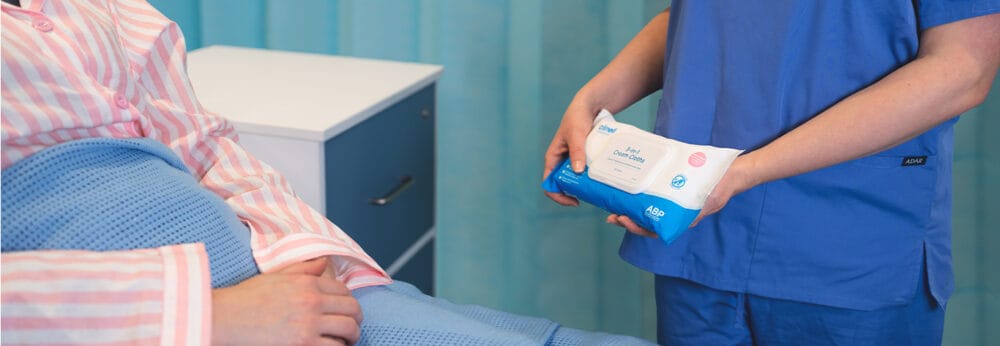Posted
14th January 2019
Research
Candida auris is a high-profile emerging pathogen, which has caused large outbreaks both in the UK and elsewhere. C. auris can causes widespread environmental contamination, and isn’t susceptible to all disinfectants. This new study from Cardiff University extends previous findings by developing a dry surface biofilm efficacy testing model for C. auris. Worryingly, half of the disinfectants tested barely touched the C. auris in the DSB, suggesting that more powerful disinfectants (such as peracetic acid and sodium hypochlorite) should be selected for dealing with C. auris.
Previous studies have shown that a range of disinfectants are effective against C. auris when using conventional suspension testing methodology. However, we know from other studies that the presence of dry surface biofilm (DSB) can reduce the susceptibility of micro-organisms to disinfectants considerably. DSB occur when bacteria and other microbes become attached to surfaces and encased in a protective ‘slime’ layer: this can reduce their susceptibility to disinfectants by 10 to 1000-fold. Therefore, a team at Cardiff University developed a DSB model for C. auris disinfectant testing. 12 commercially-available wipe based disinfectants were tested. Concerning, 50% of the products tested failed to decrease C. auris viability, 58% failed to prevent its transferability, and 75% did not delay biofilm regrowth. Wipes that were effective in reducing C. auris viability and transferability included Clinell’s Universal Wipes, and Clinell’s Sporicidal Wipes (which are based on peracetic acid). Clinell’s Sporicidal Wipes were most effective at preventing re-growth of the biofilm.
This research reinforces that microbes in DSB are considerably less susceptible to disinfectants than microbes in suspension. Caution should be exercised in choosing the appropriate disinfectants for dealing with surfaces potentially contaminated with C. auris, with decisions informed by studies using DSB-based testing methods.
SHARE THIS ARTICLE
Tags
Latest News
Advancing Continence Care with Clinell Contiplan: Expanded Indications, Pathways and Proven Outcomes
This World Continence Week, Clinell Contiplan 3-in-1 Cream Cloths introduce…
Celebrating 20 Years of GAMA Healthcare: Our Story
This month, GAMA Healthcare celebrates 20 years of helping prevent…
Norovirus and gastroenteritis outbreaks, the party ‘pooper’ you don’t want invited!
Recently, on 11 October 2024, NSW Health issued a health…
Clean Between to Reduce Healthcare-Associated Infections
Healthcare-associated infections (HAIs) are a significant concern for healthcare facilities…



